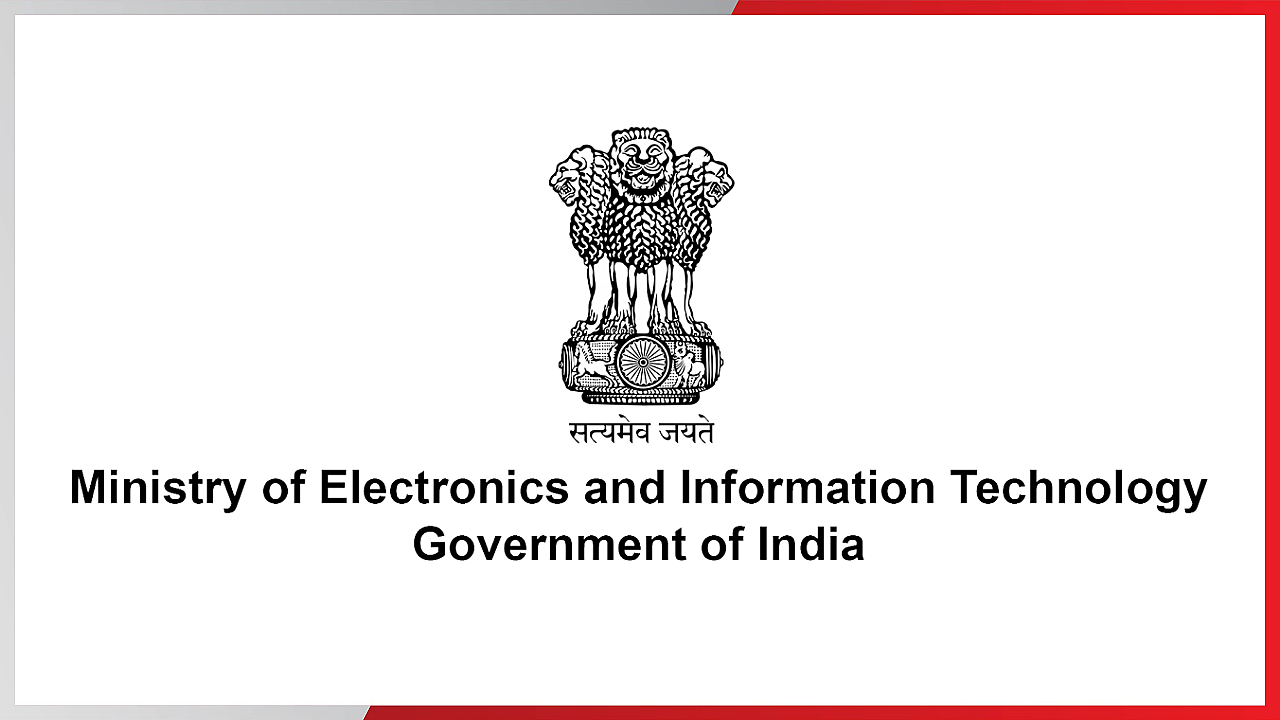
The Ministry Of Electronics and IT announced that it has launched the indigenous Onboard Driver Assistance and Warning System – ODAWS, Bus Signal Priority System and Common SMart iot Connectiv (CoSMiC) software under the under Intelligent Transportation System Endeavor for Indian Cities Phase-II initiative.
According to a communication from the ministry, the products were launched last week by Dr Rajendra Kumar, Additional Secretary, Ministry of Electronics and Information Technology (MeitY) in the presence of Arvind Kumar, GC (R&D in Electronics), MeitY, Dr Satis V Ukkusuri, Purdue University, USA and Prof H P Kincha, Chairman, InTranSE programme, Sunita Verma, Scientist-G & HoD ESDA, MeitY and Kamlesh Kumar, Scientist-D, MeitY.
The product was developed as a joint initiative by the Centre for Development of Advanced Computing (CDAC) and the Indian Institute of Technology Madras (IIT-M), while Mahindra and Mahindra was the project's industrial collaborator, the release added.
The ODAWS combines vehicle-borne sensors to monitor driver proclivity and vehicle surroundings to provide acoustic and visual alerts for driver assistance. The project involved the development of sub-modules such as the navigation system, driver assistance console, and mmWave radar sensor that are used to investigate the positional and dynamic features of surrounding vehicles.
Further, the navigational sensor provides a precise geospatial orientation of the vehicle and trends in driving behaviour. The ODAWS algorithm interprets sensor data and offers real-time notifications to the driver, boosting road safety.
As per the Ministry of Road Transport and Highways (MoRTH), in around 84% of cases, 'driver error' was cited as the cause of the accident.
The Bus Signal Priority System, on the other hand, is an operational strategy that changes standard traffic signal operations to accommodate in-service public buses at signal-controlled junctions better, the release said.
The ministry noted that one of the major causes of delays for public transport buses in urban arterials is the delay at signalised intersections.
The developed system will enable to minimise person delay by providing priority to public transport buses, either through Green extension or Red truncation, considering all vehicles approaching a signalised intersection, the release noted.
Common SMart iot Connectiv (CoSMiC) is a middleware software providing standard based deployment of IoT adhering to oneM2M based global standard.
It facilitates users and application service providers in various vertical domains to use application-agnostic open standards and open interfaces for end-to-end communication with well-defined common service functionalities complying with oneM2M standard.
The horizontal silo architecture ensures interoperability and data exchange between different IoT devices and applications and avoids vendor lock-in.
CoSMiC comply with 12 common service functions such as Registration, Discovery, Security, Group Management, Data Management & Repository, Subscription & Notification, Device Management, Application & Service Management, Communication Management, and Delivery Handling, Network Service Exposure, Location, Service Charging and Accounting.
Additionally, the platform also provides Interworking Proxy Entity (IPE) APIs for connecting non-oneM2M (NoDN) devices or third-party applications to get connected to the CoSMiC platform.
CoSMiC provides a Dashboard page showing IoT units, products, applications, and its live data in a Geographical Information System (GIS) map.